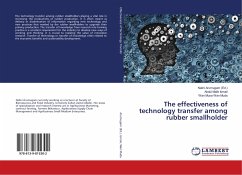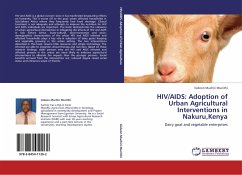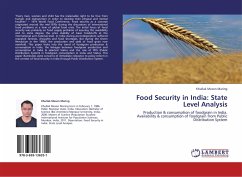
The Effect of Adoption of Agricultural Technology on Food Security
Versandkostenfrei!
Versandfertig in 6-10 Tagen
22,99 €
inkl. MwSt.

PAYBACK Punkte
11 °P sammeln!
The researcher followed three types of research studies namely; questionnaires, observation and document analysis. The main research instrument for the researcher in this study was questionnaire. The researcher designed to the 400 household respondents with two assistants. The 400 respondents who finalized the questionnaires were beneficiaries from the project and the comparator kebele that was picked up randomly by the researcher. The collected data was analyzed using both quantitative and qualitative data analysis methods. Quantitative method contained both descriptive and inferential analys...
The researcher followed three types of research studies namely; questionnaires, observation and document analysis. The main research instrument for the researcher in this study was questionnaire. The researcher designed to the 400 household respondents with two assistants. The 400 respondents who finalized the questionnaires were beneficiaries from the project and the comparator kebele that was picked up randomly by the researcher. The collected data was analyzed using both quantitative and qualitative data analysis methods. Quantitative method contained both descriptive and inferential analysis. Descriptive analysis such as frequencies and percentages were used to present quantitative data in the form of tables and graphs. Data from questionnaire was coded and entered into the computer using STATA software.












